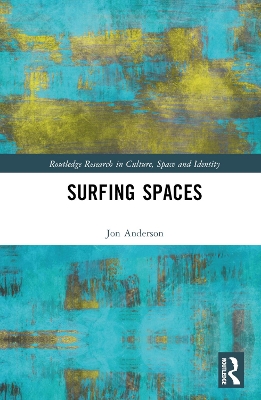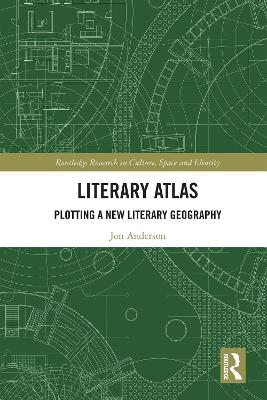Routledge Research in Culture, Space and Identity
2 total works
The act of surfing involves highly-skilled humans gliding, sliding, or otherwise riding waves of energy as they pass through water. As this book argues, however, this act of surfing does not exist in isolation. It is defined by the cultures and geographies that synergize with it – by the places, ideas, images, and other representations which at once reflect, create, and commodify this spatial practice.
This book innovatively explores the spaces of surf and surf-riding, informed specifically by the perspective of human geography. Based on a range of critical turns within the social sciences, the book explores the locations, relational sensibilities, and transformative nature of surfing spaces, and examines how the spatial practice has been scripted by dominant surfing cultures. The book details how prescriptive (b)orders of access, entitlement, and marginalization have been created, and how, with the advent of new craft, media, and ideals, they are being actively challenged to redefine surfing spaces in the twenty-first century.
This book documents a new approach to literary geographies based around the Literary Atlas of Wales. It introduces an innovative ‘plotted’ approach which empowers reading, creates connections to localities, histories, and communities, and inspires interest in literature and geography.
It showcases how literary geographies can be mobilised through the plotted approach to reading. Through documenting the Literary Atlas of Wales project, this book outlines how the plotted approach was used to engage with English language novels set in Wales. It argues that the future of this interdisciplinary subject area should be premised upon nurturing instability, turbulence, and experimentation in order to produce new insights which can change the way we understand not only the relations between literature and place, but also between other modern categories, including academic disciplines.
This book will be of interest to all readers of literature, human geography, mapping, heritage studies, and tourism. It will be beneficial to those interested in the domains of cartography, creative humanities, cultural sociology, human geography, literary studies, and print cultures.

